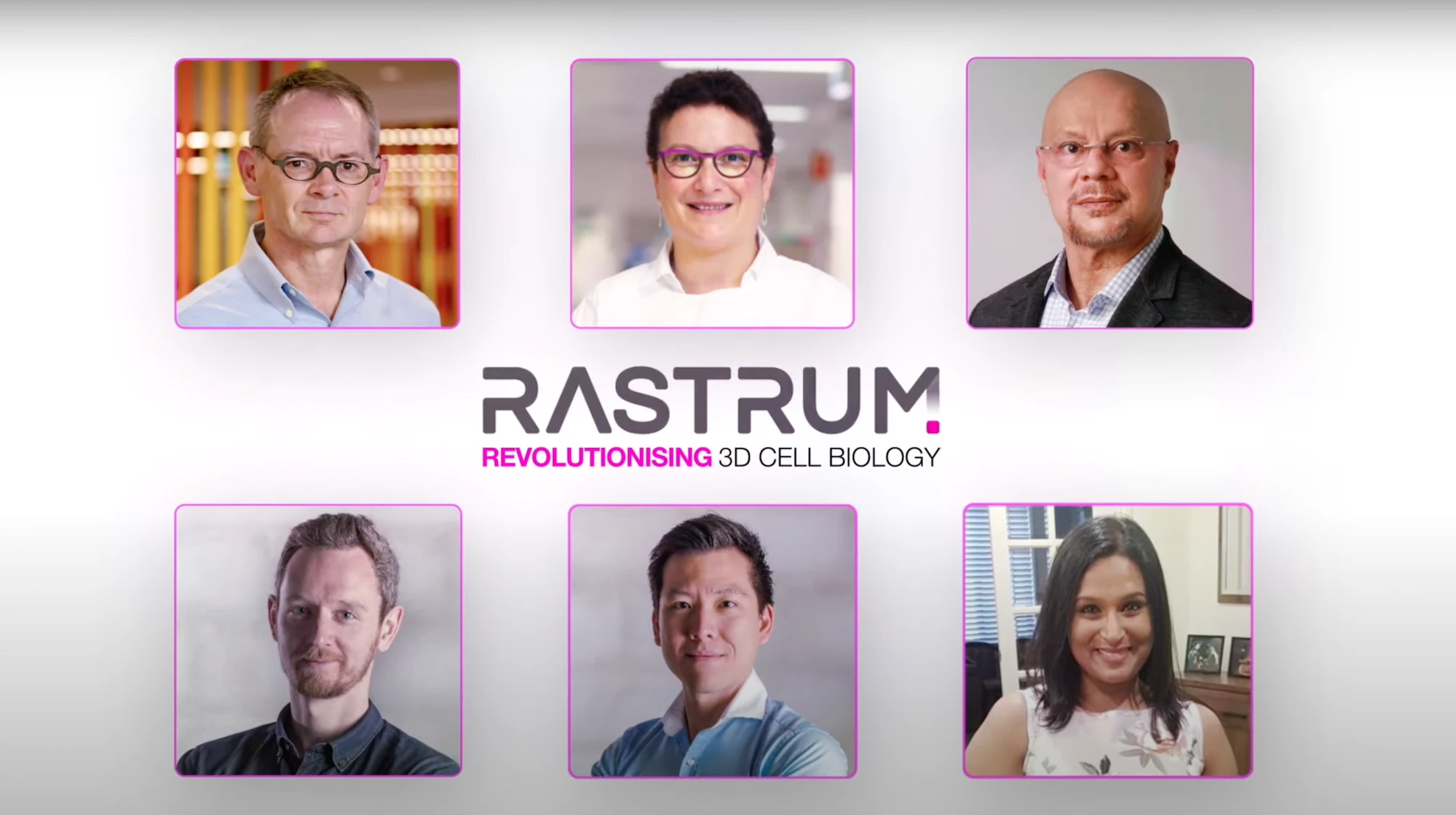
Australian company accelerating the speed of drug discovery wins prestigious Eureka prize
Sydney, Australia — 21 October 2021 — Inventia Life Science, a Sydney-based biotechnology company, announced that its RASTRUM™ 3D cell culture platform, developed in collaboration with researchers from UNSW Chemistry, the Australian Centre for NanoMedicine and the Children’s Cancer Institute has won the ANSTO Eureka Prize for Innovative Use of Technology at the 2021 Australian Museum Eureka Prizes.
The RASTRUM™ 3D cell culture platform was launched in Australia in 2019 and it is currently being used by over 20 research institutes and drug discovery companies in Australia, the USA and Europe.
One of the many applications of this platform is printing diseased or healthy cells that can be used in rapid testing of new drug treatments. Since 3D cell cultures better represent human tissue than 2D cell cultures, they also more accurately replicate biological processes and drug responses compared to what has been previously possible.
Unlike other methods of producing 3D cell models or earlier 3D bioprinters, the RASTRUM™ 3D cell culture platform enables the consistent and reproducible production of 3D cell cultures at scale never achieved before — replacing a time-consuming and manual process of traditional 3D cell culture generation. This ensures researchers can conduct significantly more experiments, accelerating their research that include understanding the cause of diseases and most importantly, identifying novel disease treatments for diseases such as cancer or neurological disorders.
Dr. Julio Ribeiro, Founder and Chief Executive Officer of Inventia Life Science said, “This is a great achievement for our young company and our collaborating scientists and it showcases the potential of our platform in biomedical research.”
“Our technology is fundamental in creating highly realistic cancer tumours which closely mimic those found in a patient’s body in terms of behaviour and structure. This can then be used to screen against hundreds of drugs, to identify the right treatment for the right patient. This increases the chances of the treatment being effective, in both adults and children.”
Media Contact
Elle Kress
Elle.kress@heygoodnewspr.com
+ 61 (0)490 472 947